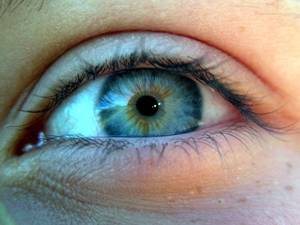Synaesthesia is a fascinating neurological condition, which manifests itself in a range of ways and affects fewer than one in a hundred people. It can be described as if the sensory wires are crossed in their brain. For example, people smell colours, or taste sounds.
 Now researchers in London, Cambridge and Oxford have tracked down specific regions of the genome that are linked to auditory visual synaethesia, where people see colours in response to sounds.
Now researchers in London, Cambridge and Oxford have tracked down specific regions of the genome that are linked to auditory visual synaethesia, where people see colours in response to sounds.
We know from previous research that the condition can run in families, but researchers haven't been able to pinpoint the genes involved, although some researchers have found evidence that a gene for synaesthesia might be on the X chromosome.
Writing in the American Journal of Human Genetics, Dr Julian Asher and his team used genome-scanning technology to hunt for genes linked to synaesthesia in 43 families with the condition.
The scientists pinpointed four regions that were linked to synaesthesia - on human chromosomes 2, 5, 6 and 12. The region on chromosome 2 is probably the most intriguing, as it has also been linked to autism - and people with autism often have differences in their perception and senses.
Interestingly, they found no evidence that a gene for the condition was on the X chromosome, overturning the previous findings.
There are a few genes linked to epilepsy, dyslexia, learning and memory in the regions located in the study, which need more investigating. Overall, although no specific genes have been found, there are a lot of candidates to be looked at in future research.
But this work should lead to a deeper understanding of the genes involved in how the brain works, and how we perceive the world round us.










Comments
Add a comment